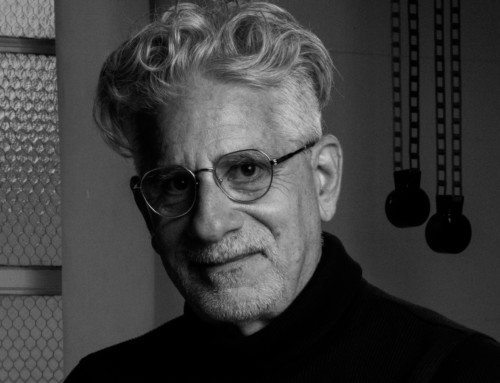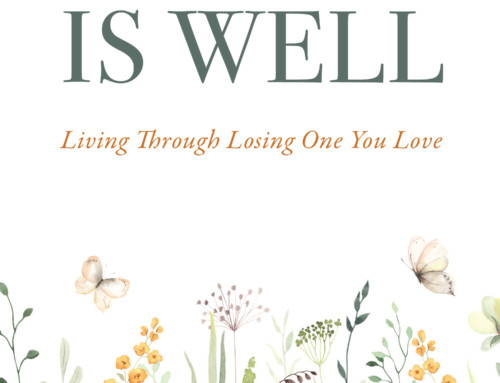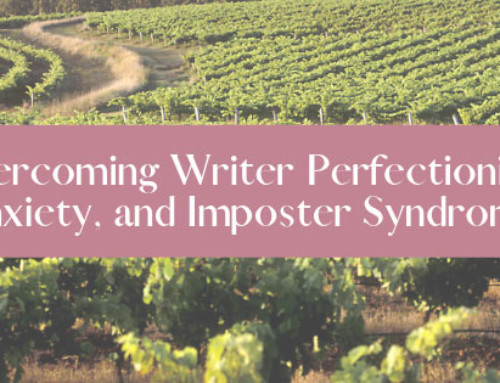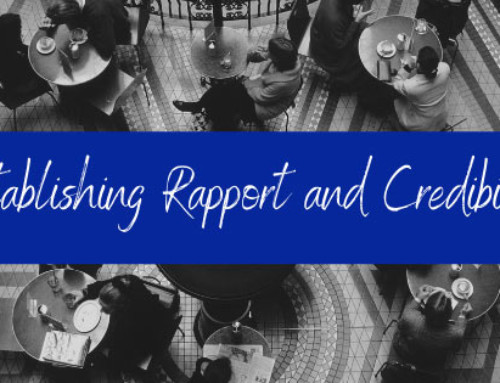Our CEO, Mark Levine, literally wrote the book on self-publishing. To kick off the release of the sixth edition of The Fine Print of Self-Publishing, we asked him to stop by the blog to answer questions about the industry and what’s new in the latest edition. To order your own copy or grab a free consultation with Mark, head over to his website at bookpublisherscompared.com.
Tell us what’s new in the sixth edition of The Fine Print of Self-Publishing.
I think it’s my best edition ever. The newest and most interesting addition (in my mind) is the hands-on review of several DIY platforms like CreateSpace and Smashwords. Using the Word document of my last edition, I uploaded it onto these platforms the way a typical author might. How the formatting turned out from this type of submission really supports the notion that it’s worth your time and money to have your book professionally designed.
Every edition, I update the book with the newest industry data and news.
Why do you think the self-publishing industry changes so quickly?
Technology. That’s a plus because the barriers to entry can be almost nothing. An author can submit a text document, pick a templated book cover, and be “published” in minutes. But, this same technology has given authors a false belief that just because you can create a book so easily, things like cover design, formatting, and a comprehensive marketing plan don’t matter as much. As more and more books flood the market, being able to stand out is more important than ever.
What do you predict will be the next big change within self-publishing?
I certainly think our Published.com workflow tool is going to provide authors the ultimate hybrid between publishing all on their own and managing the book publishing process with their book’s hand-picked creative team (e.g., designer, editor, etc.) in one place.
Authors will continue to demand more customized services than ever before. Self-publishing service providers will have to become more flexible. We certainly did. We spent most of 2015 “unpackaging” the publishing package and giving authors options to custom design their own publishing package containing just the services they want.
What hasn’t changed about self-publishing?
The desire of authors to get their stories published.
Just because authors self-publish doesn’t mean they do it all alone. Who’s essential to your publishing process?
For my publishing process, it was my editing team (I always have a developmental edit and then a copy edit after I’ve worked through the editor’s notes. Then I have a proofread after the formatting is complete) and design team. Our designers fleshed out about four cover concepts and once I found one I liked, we tweaked to produce what I think is the best cover this book has ever had. Also, the people who handle all of the distribution of the book both for sales through my website and for sales through third-party retailers like Amazon and Barnes & Noble. Finally, for me, it’s the people in our marketing department. It is the first time in 12 years of producing The Fine Print of Self-Publishing that I’m engaging in full-scale PR efforts. And, it’s always a great way to show our authors the quality and skill of our employees.
What’s your favorite thing about being the CEO of a self-publishing company?
I’ve always liked creating opportunities for authors to get their books published with a level of service and quality that befits and respects that enormous amount of time and energy authors put into writing their books. Long before I was a self-publishing company CEO, I was an indie author. I’ve always approached our company from the perspective of what I as a new author would want, need, and ultimately really appreciate.
If you had never written the first edition of Fine Print of Self-Publishing, what do you think you’d be doing now?
I’ve never thought about that until now. The first edition of my book was written to sell as an add-on product to copyright filing services provided to authors (and others) from a business filing company I used to own. So, there was sort of this seamless transition from online business filing company to publishing company (there were a few years of overlap before the business filing company was sold in 2009). I actually can’t imagine doing anything other than being in the self-publishing business. What I can’t believe is that this company is ten years old.
Describe your writing process. Where do you write? What inspires you? Do you have any snacks or drinks you must have?
My writing process for writing this book is much different from writing novels. My process here is more like writing a research paper that has to be presented to an audience who has varying degrees of subject matter knowledge. I have to make the writing accessible to a variety of people as well as take something that, at times, can be academic and dry, and punching some life into too, so the reader is engaged throughout the book.
When I used to write fiction, I would need to get lost in my mind and depending on the type of scene I was writing, I’d often listen to different genres of music to help get the words flowing.
What’s one unexpected piece of advice you find yourself giving authors repeatedly?
Many authors want to publish as fast as possible without taking the time to think through the timing. I spend a lot of time explaining why publishing in connection to a particular date or event doesn’t matter if you don’t have a plan and budget to get people to notice your book. Rushing to make a self-imposed deadline almost always is a bad idea.
Discover more from Mill City Press
Subscribe to get the latest posts sent to your email.














Leave A Comment